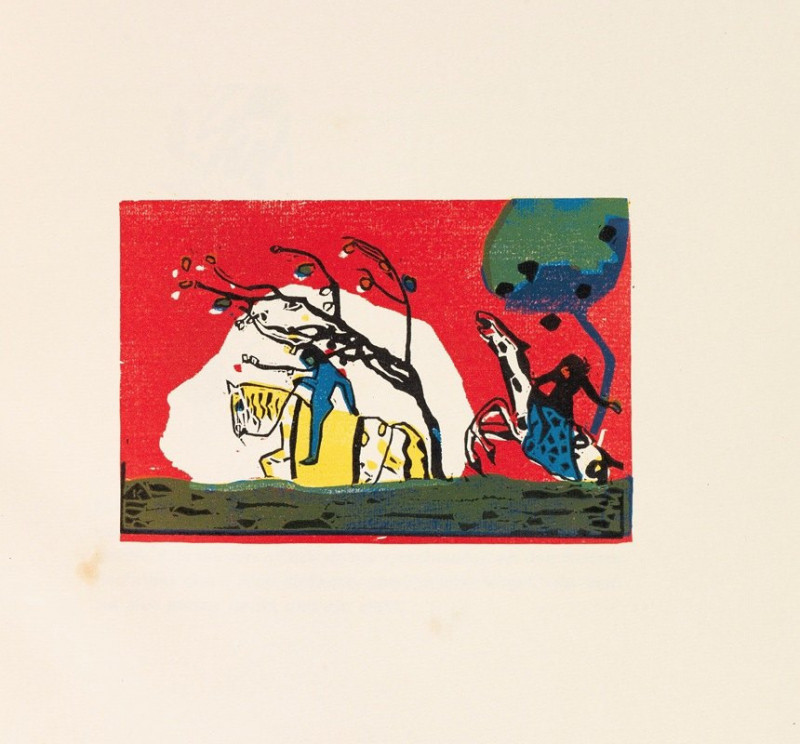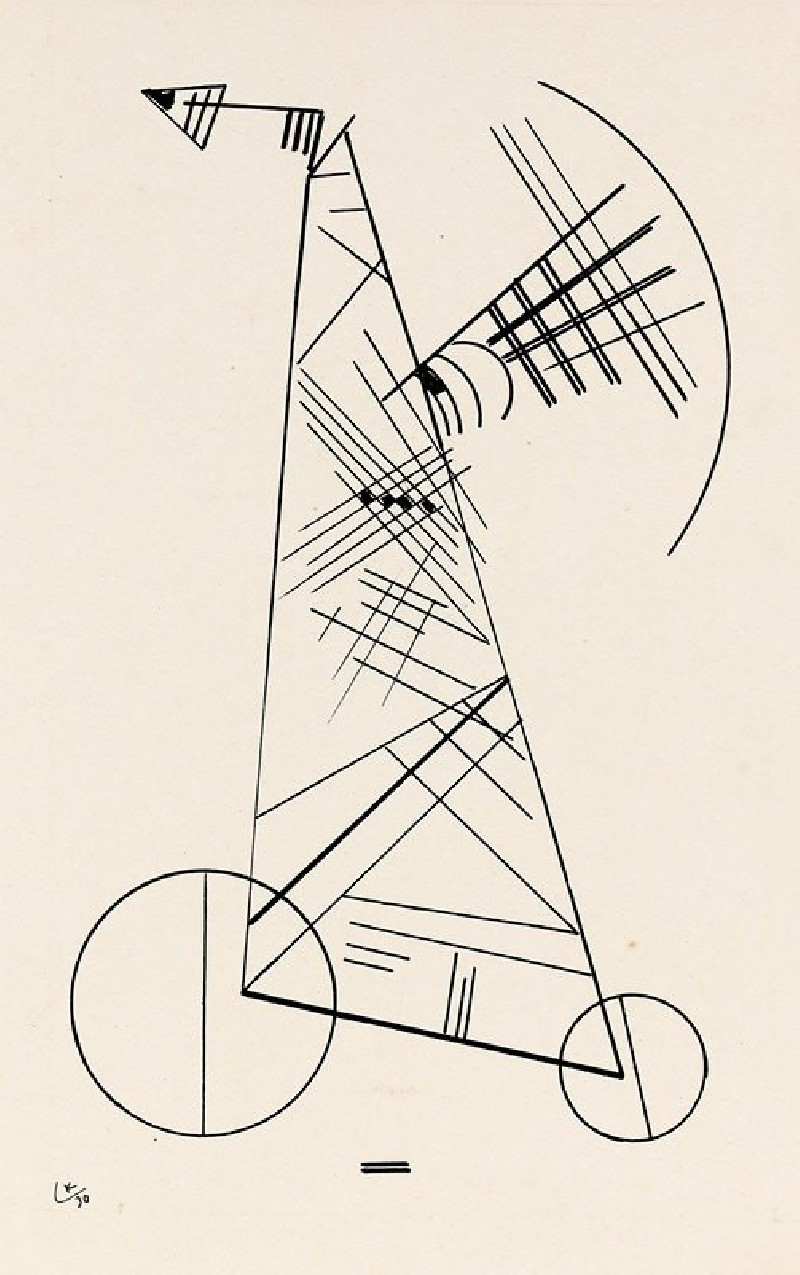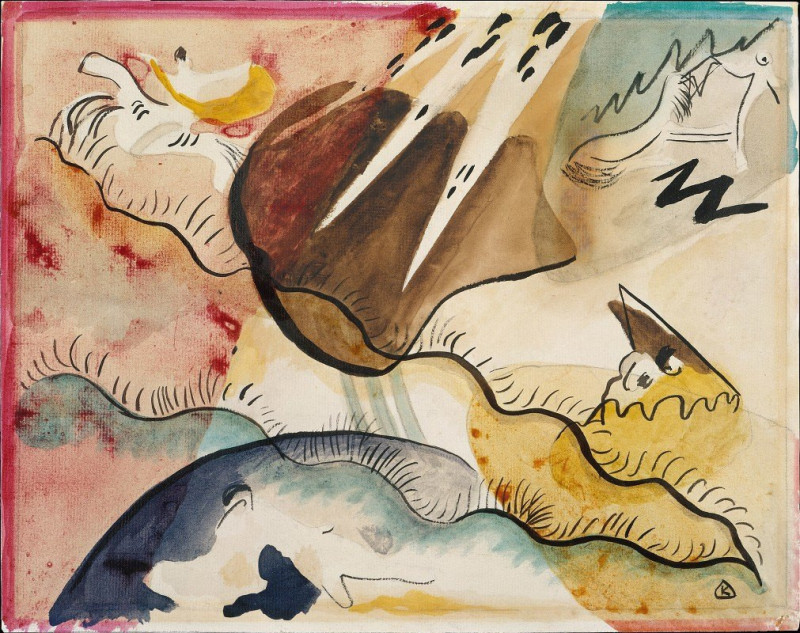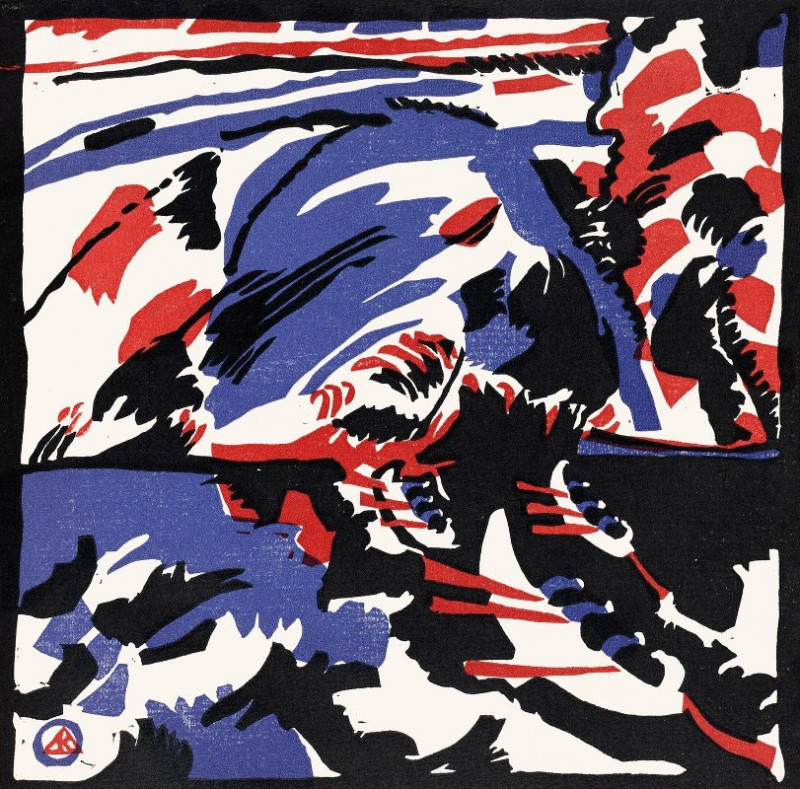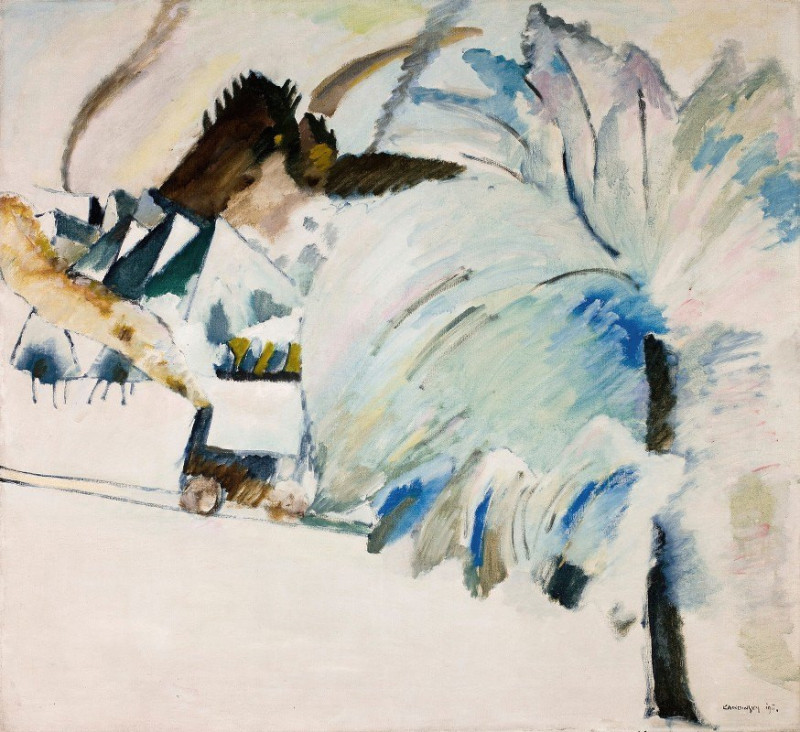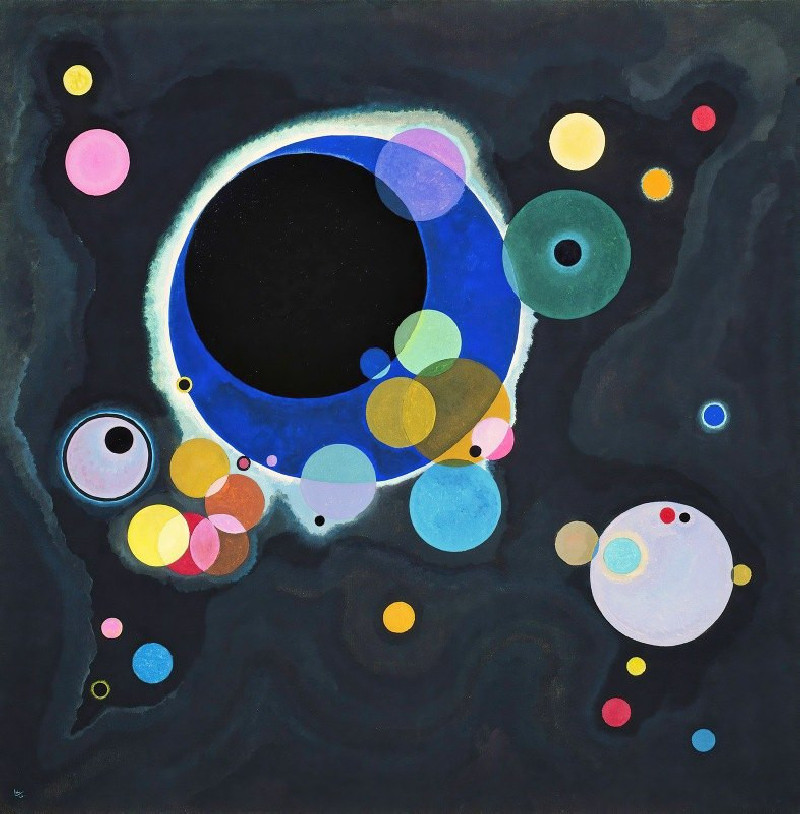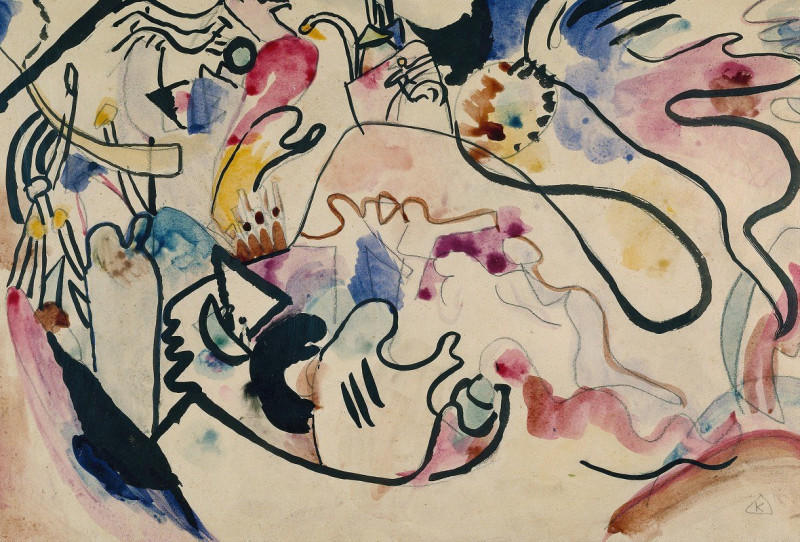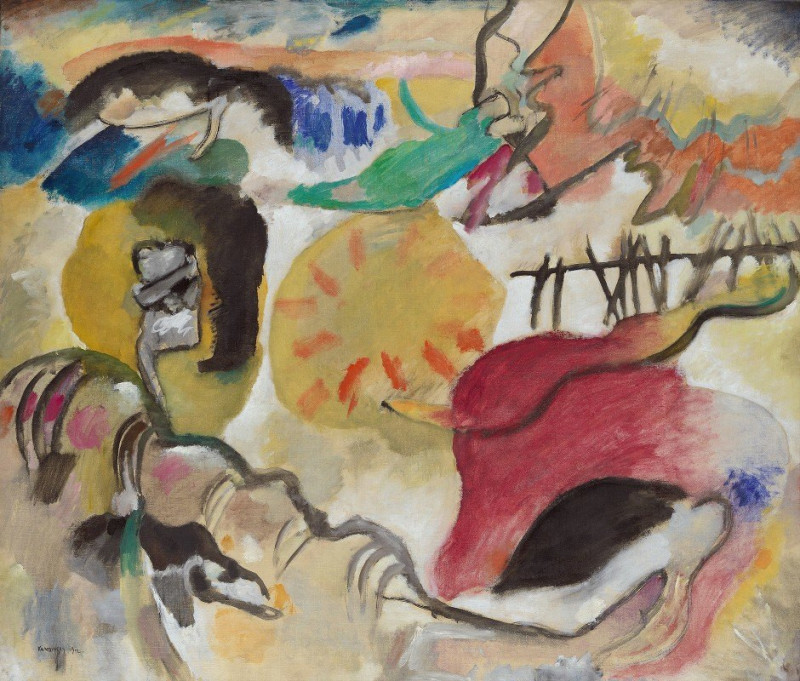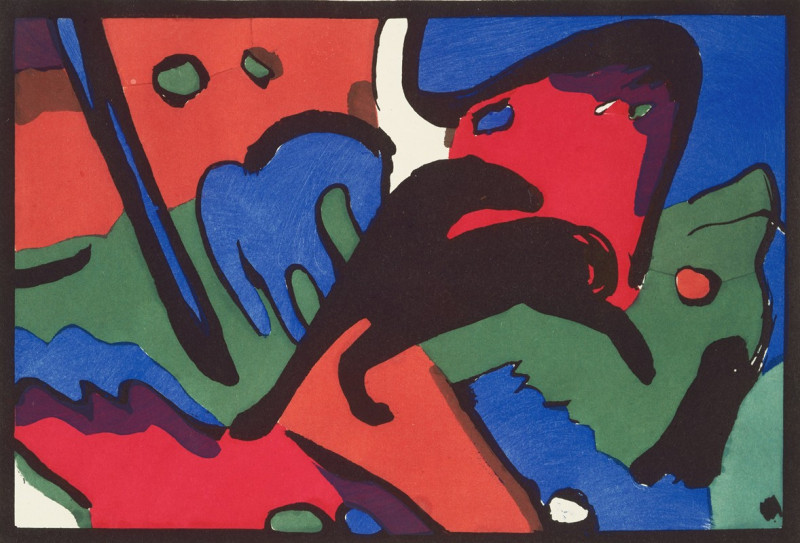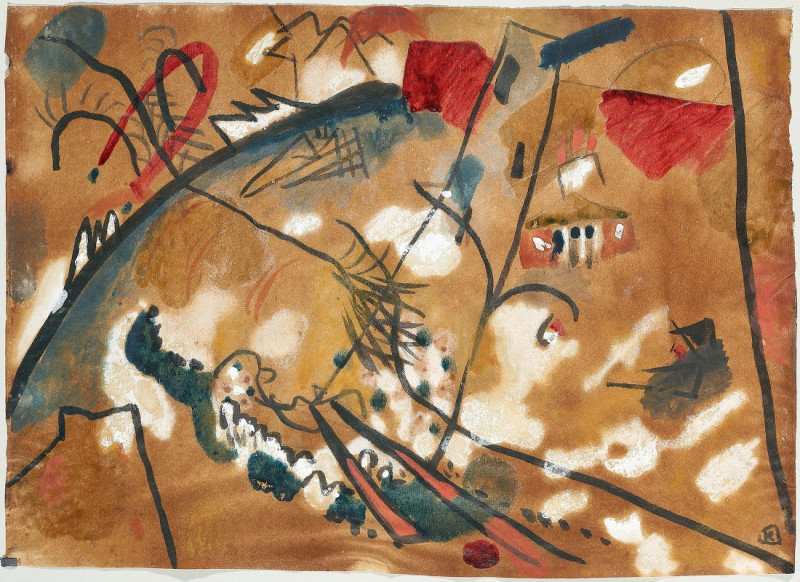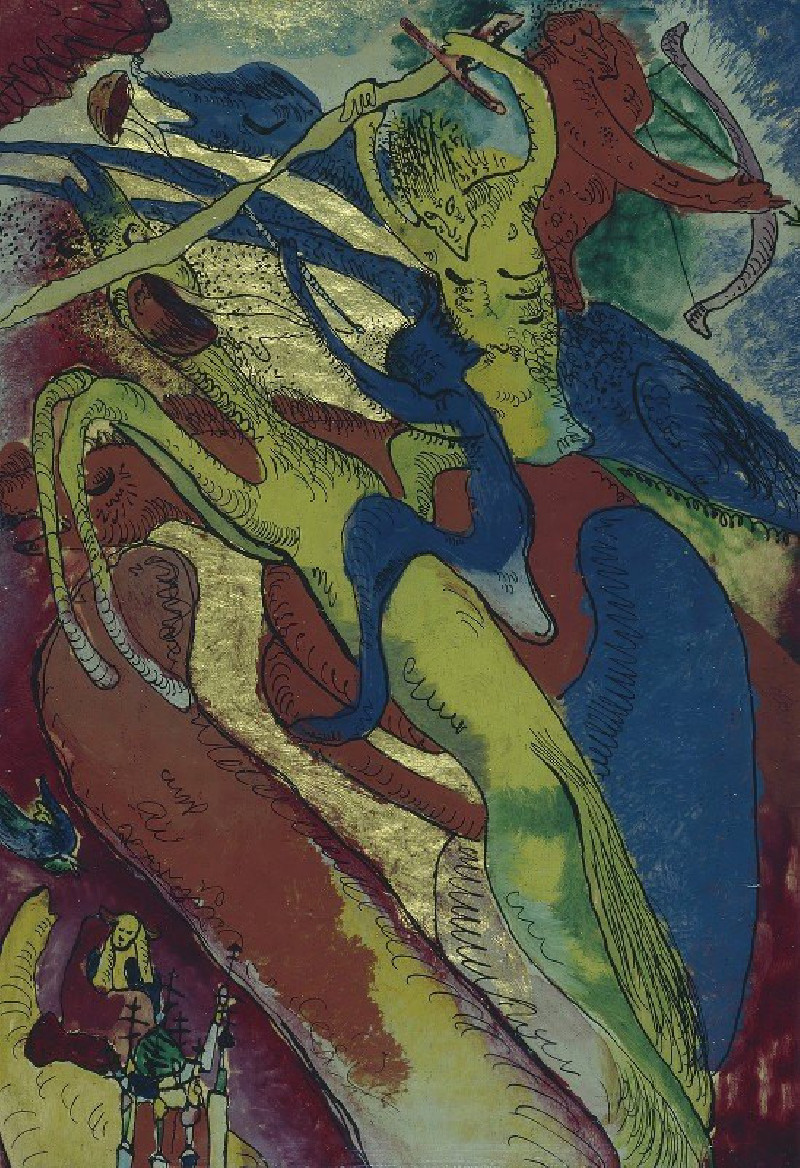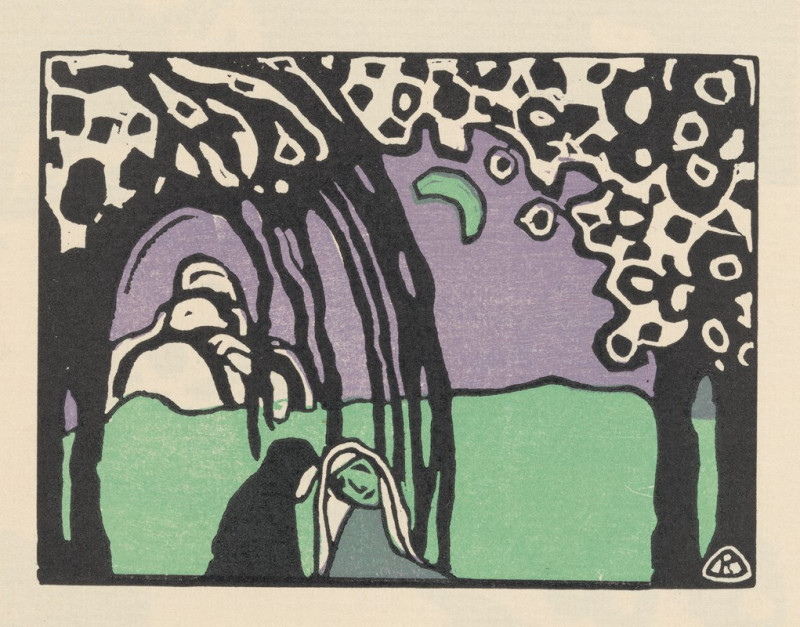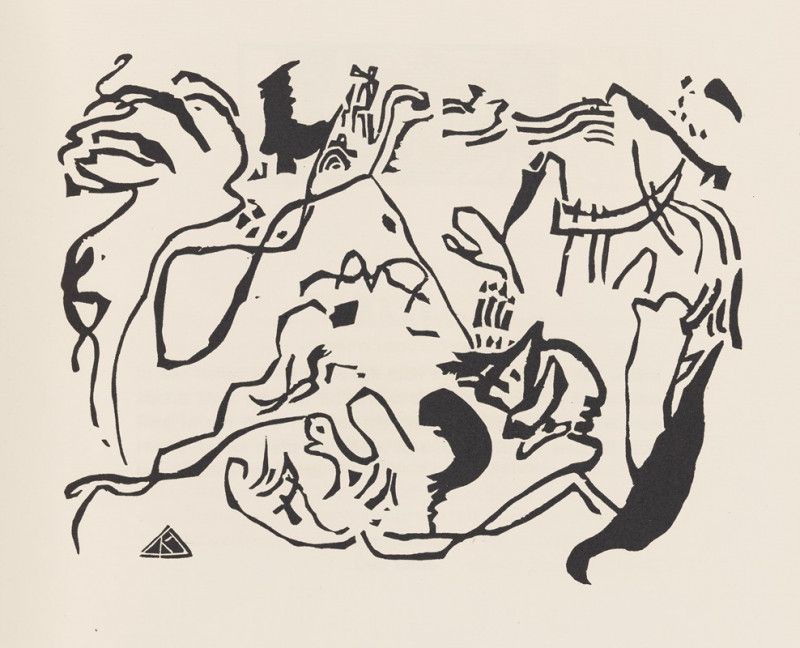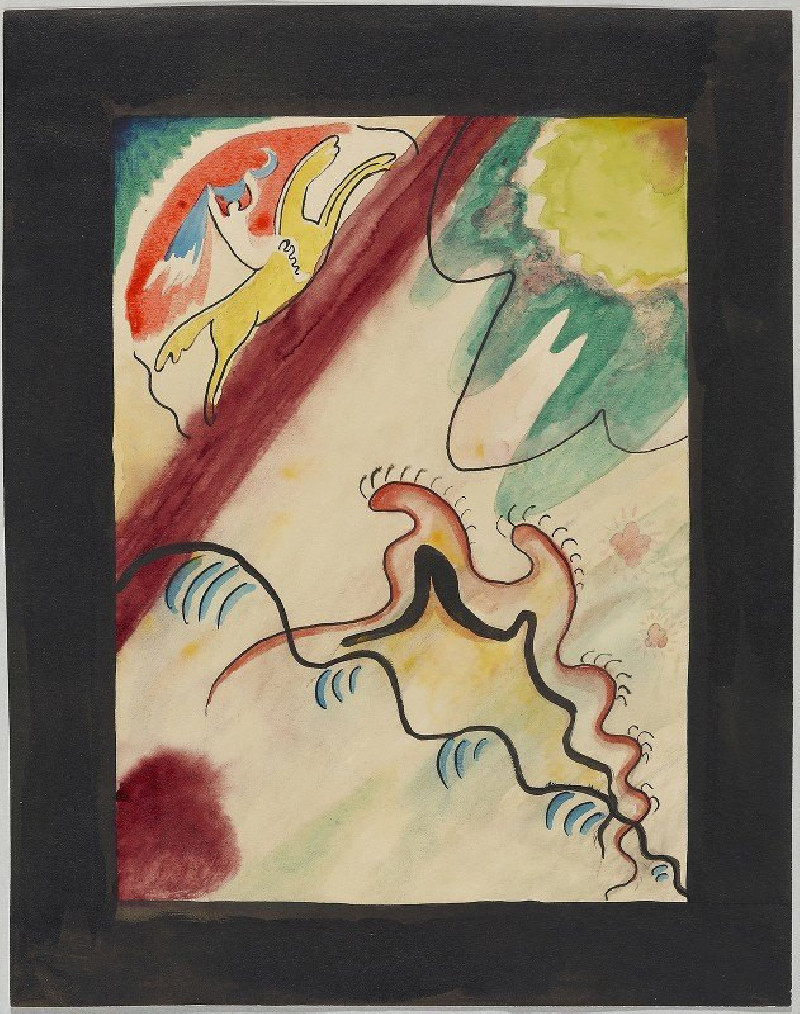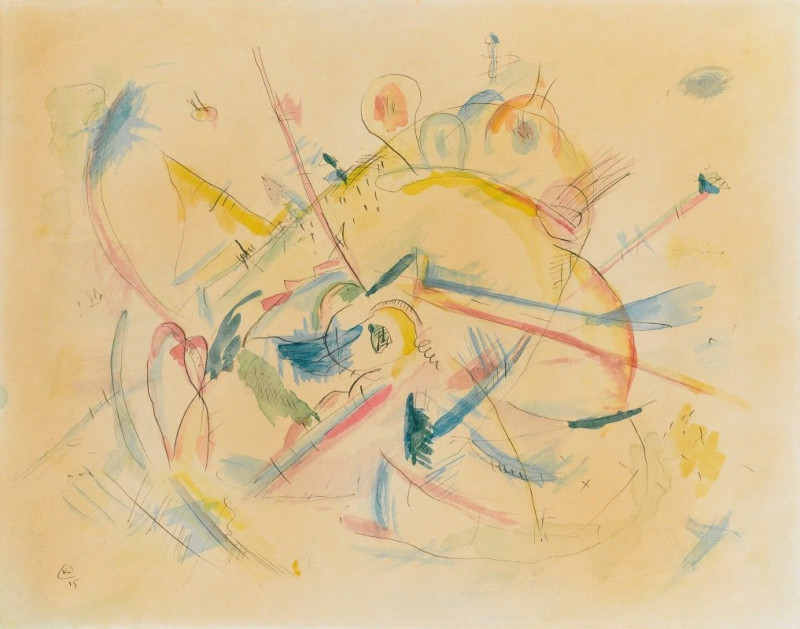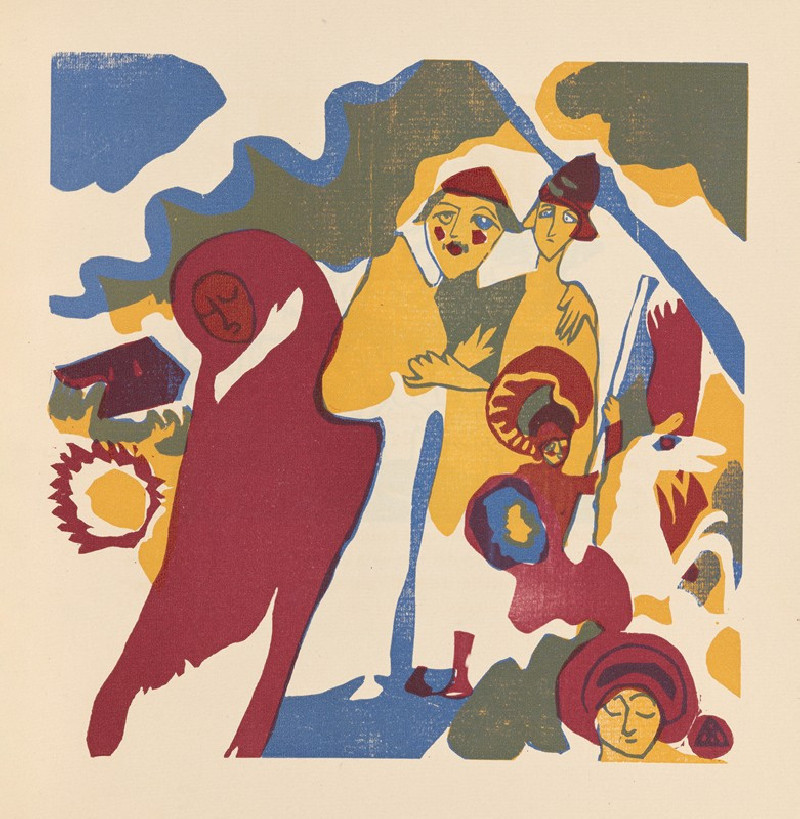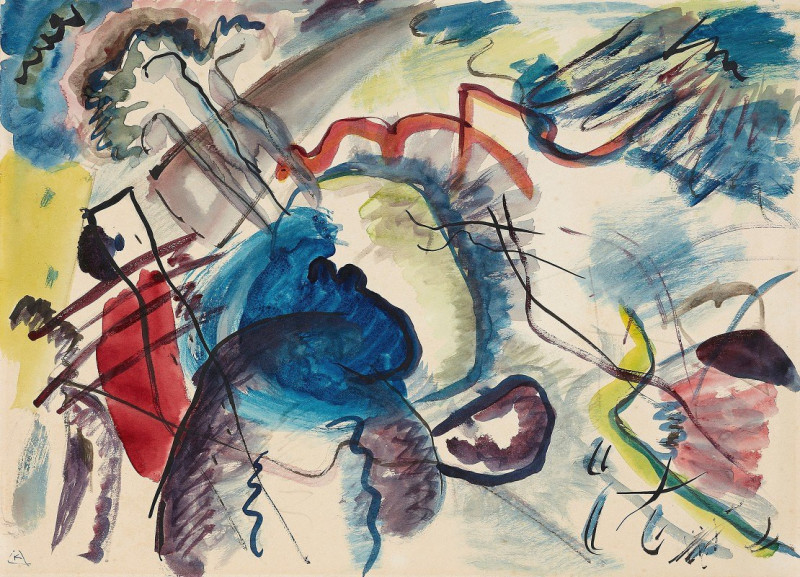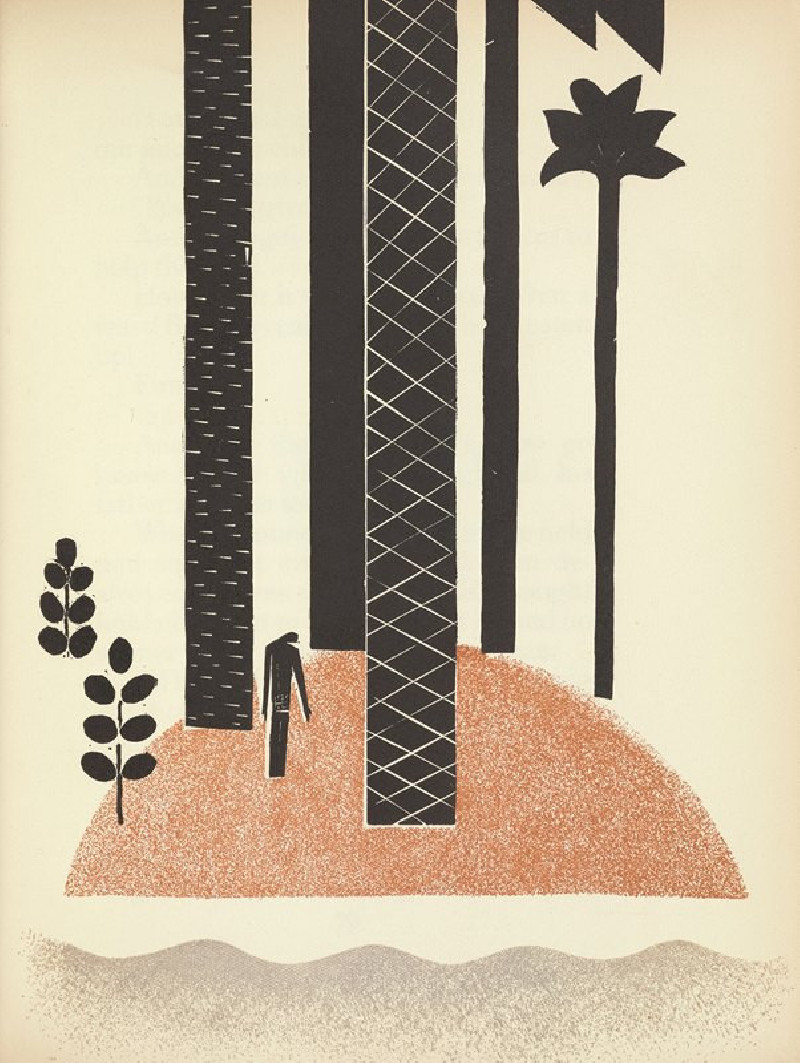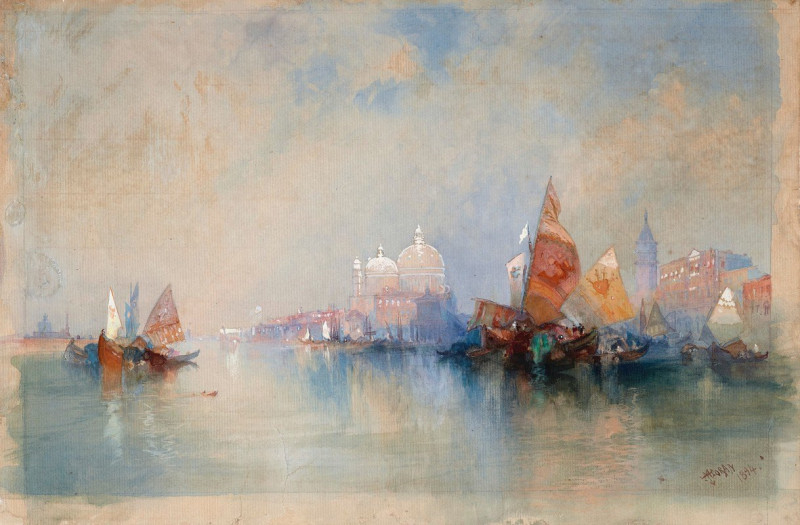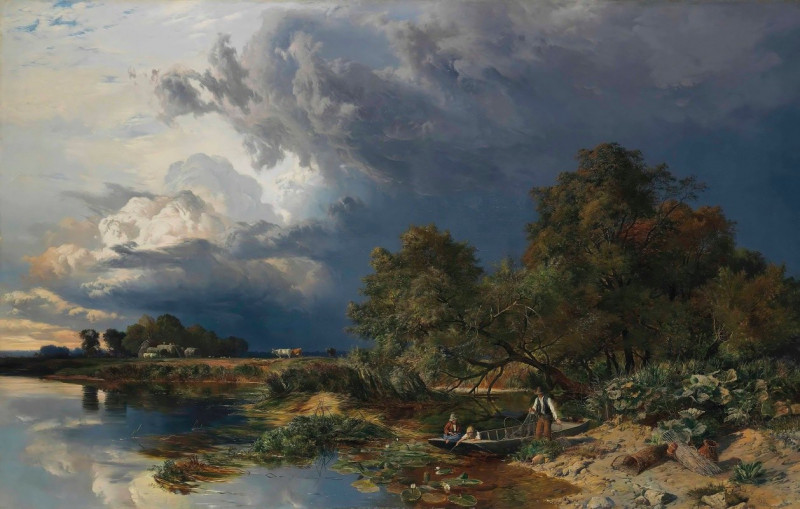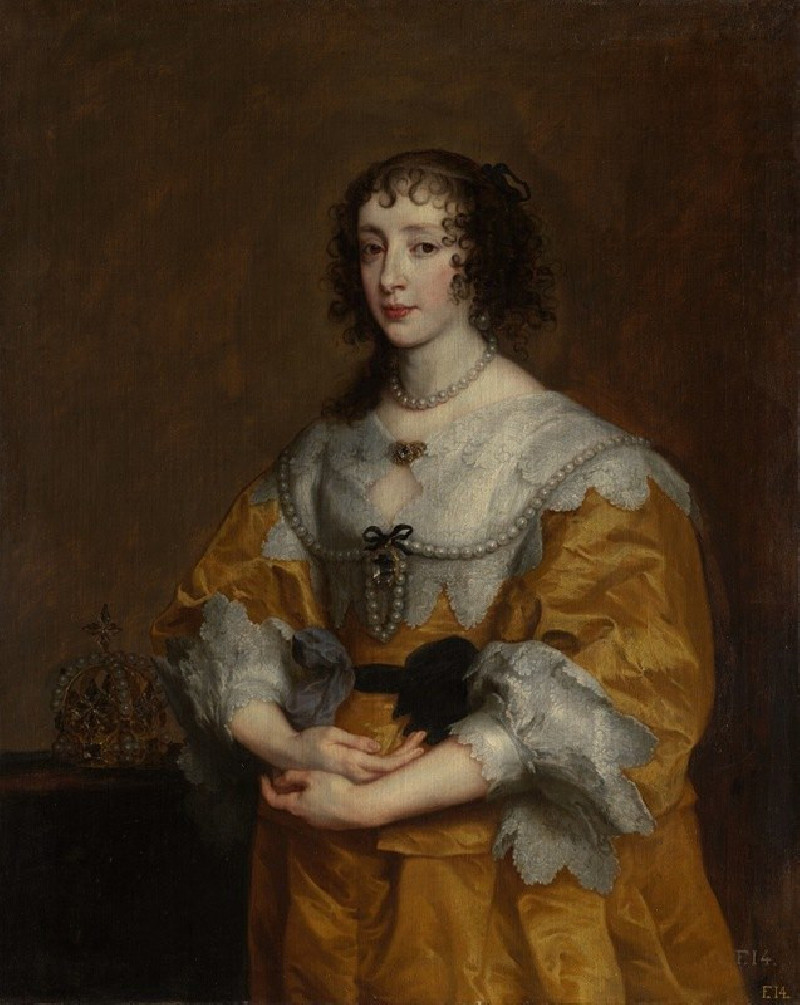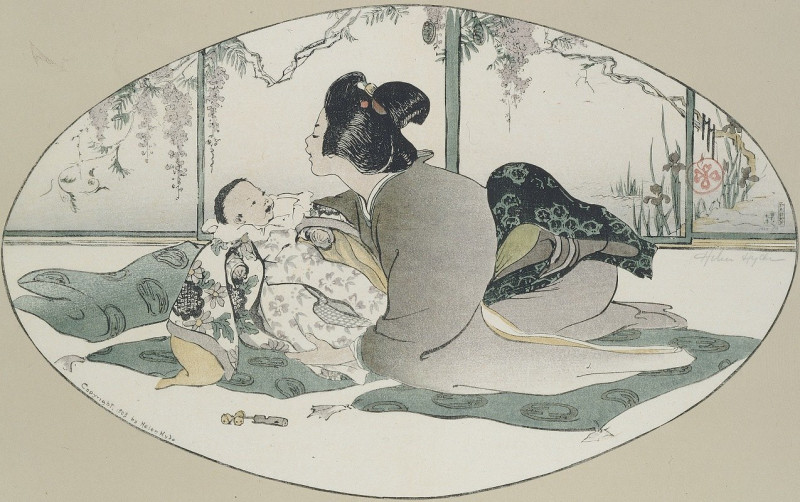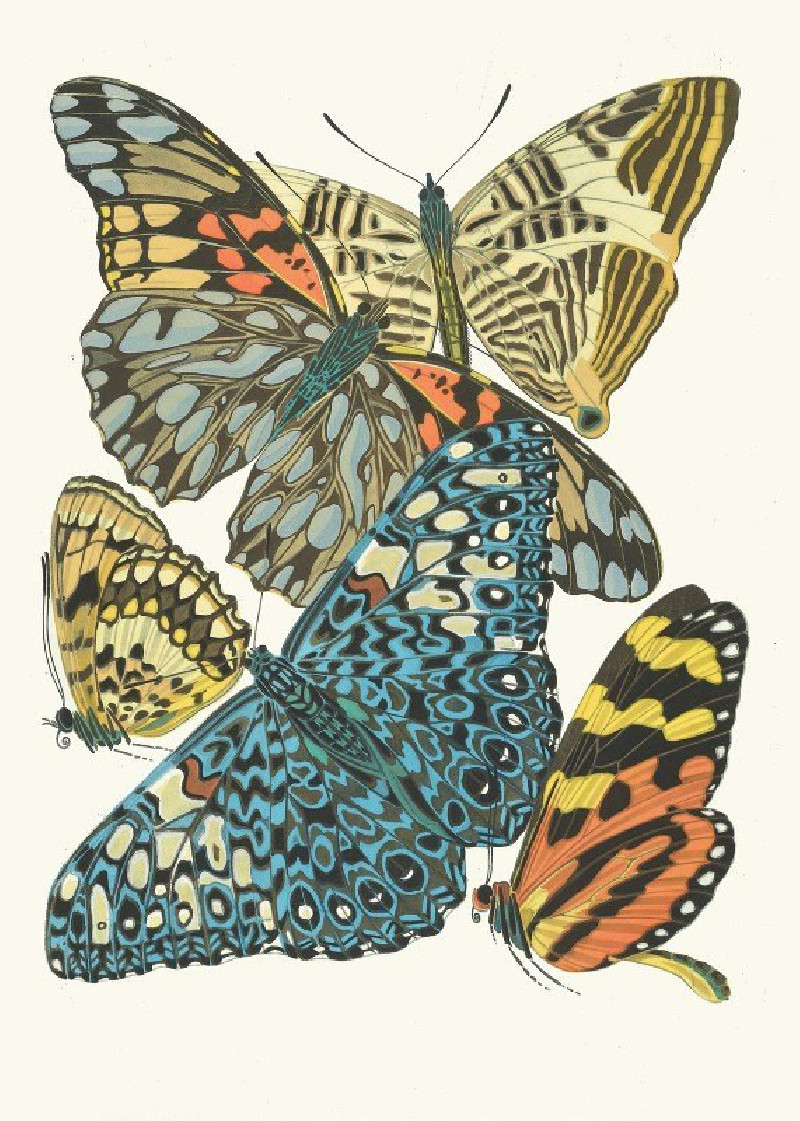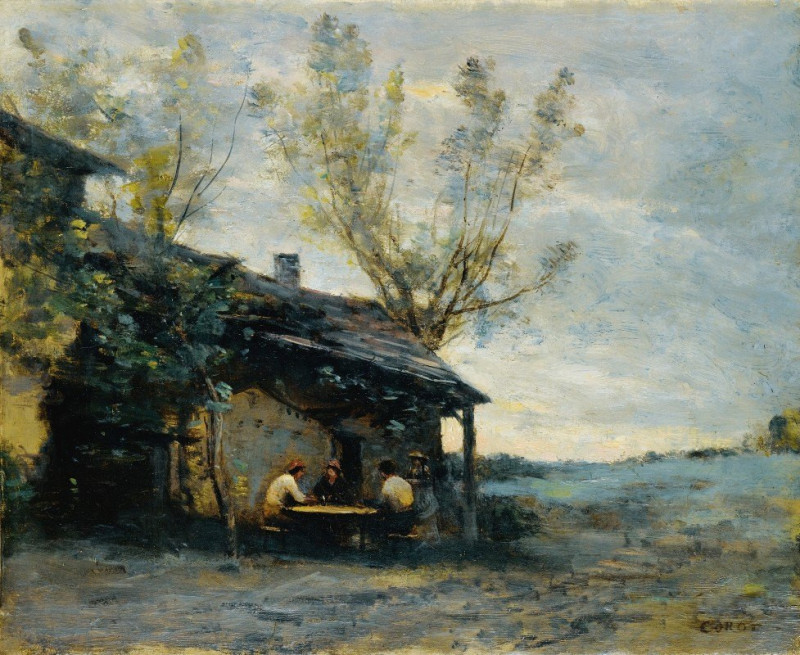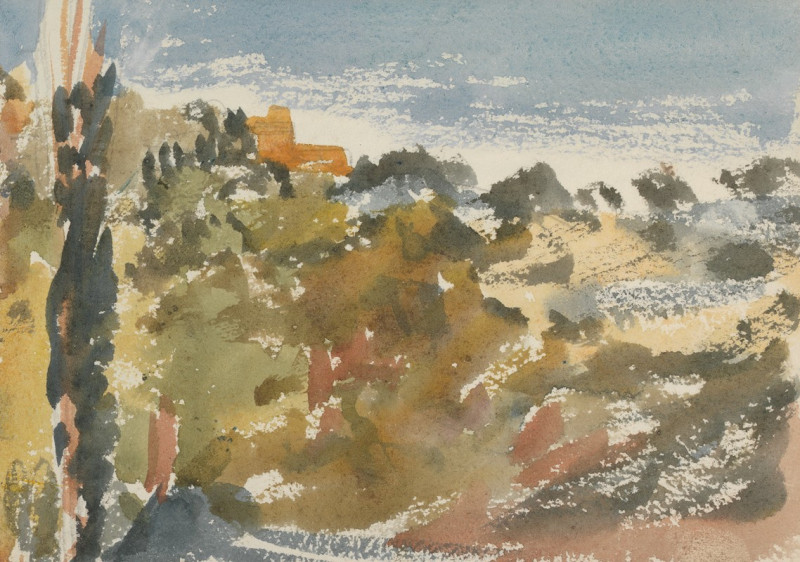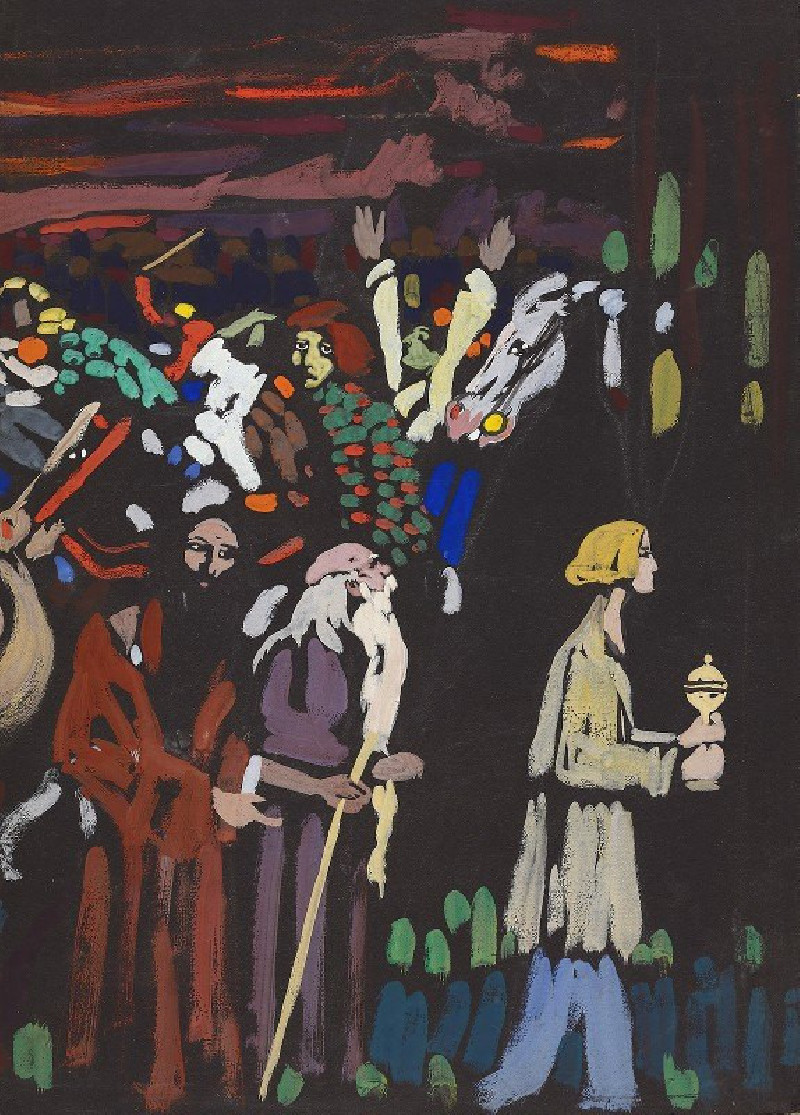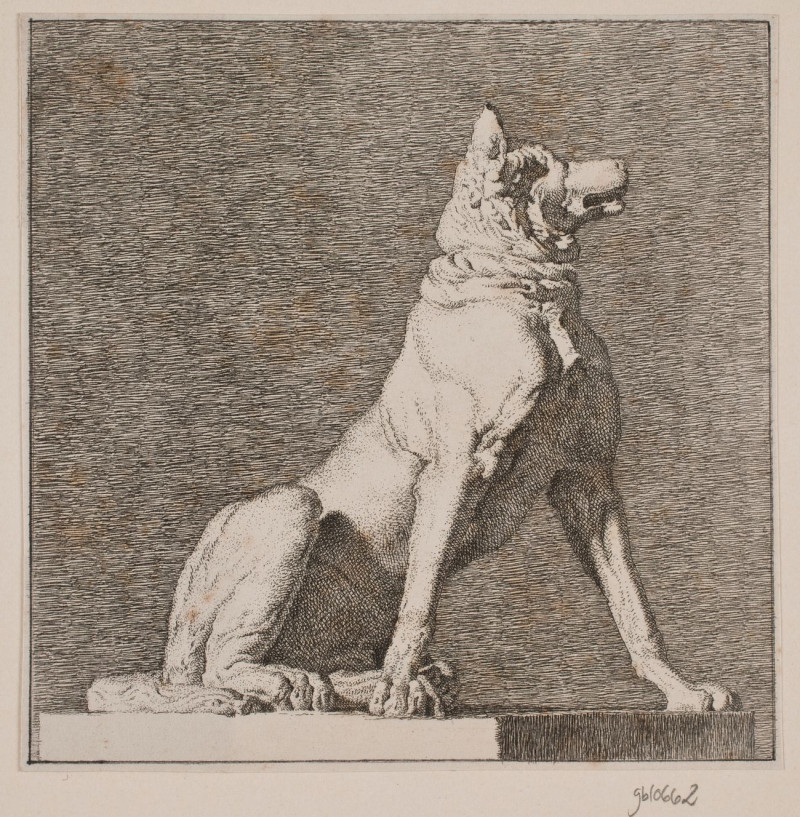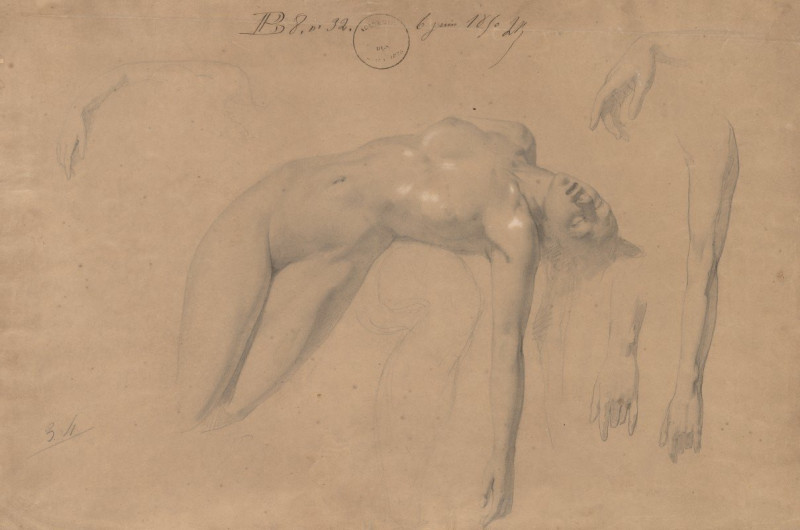Klänge (1913)
Technique: Giclée quality print
Recommended by our customers
More about this artwork
"Klänge" (which means "Sounds" in English) is a captivating woodcut print by Wassily Kandinsky, created in 1913. This image, characteristically vibrant and abstract, exhibits Kandinsky's pioneering use of color and form to evoke emotional and auditory sensations in visual art. The artwork consists of a bold red background that effectively contrasts with the striking elements placed upon it.In the composition, we see a melange of abstract and somewhat figurative forms which appear to be interacting dynamically across the scene. A prominent white form on the left looks somewhat like a billowing shape or a rock, upon which sinuous, black lines and blue spots suggest movement or growth, almost as if they're branches or vines swaying. There are splashes of blue and yellow near this form that add to the scene's dynamic energy.Towards the right, there are more distinctly outlined shapes, including a figure that appears to be riding an animal, possibly a horse, shown in a fragmented, almost cubist representation. This figure, along with the horse, is rendered in white and blue, with portions filled in polka-dot patterns, enhancing the playful yet mysterious nature of the artwork.What truly stands out in this piece is Kandinsky's abstract style that loosely interprets the real world, focusing instead on the inner feelings and responses elicited by sound and visual stimuli.
Delivery
Returns
Wassily Wassilyevich Kandinsky was a Russian painter and art theorist. Kandinsky is generally credited as the pioneer of abstract art. Born in Moscow, Kandinsky spent his childhood in Odessa, where he graduated at Grekov Odessa Art school. He enrolled at the University of Moscow, studying law and economics. Successful in his profession—he was offered a professorship (chair of Roman Law) at the University of Dorpat today Tartu, Estonia)—Kandinsky began painting studies (life-drawing, sketching and anatomy) at the age of 30.

